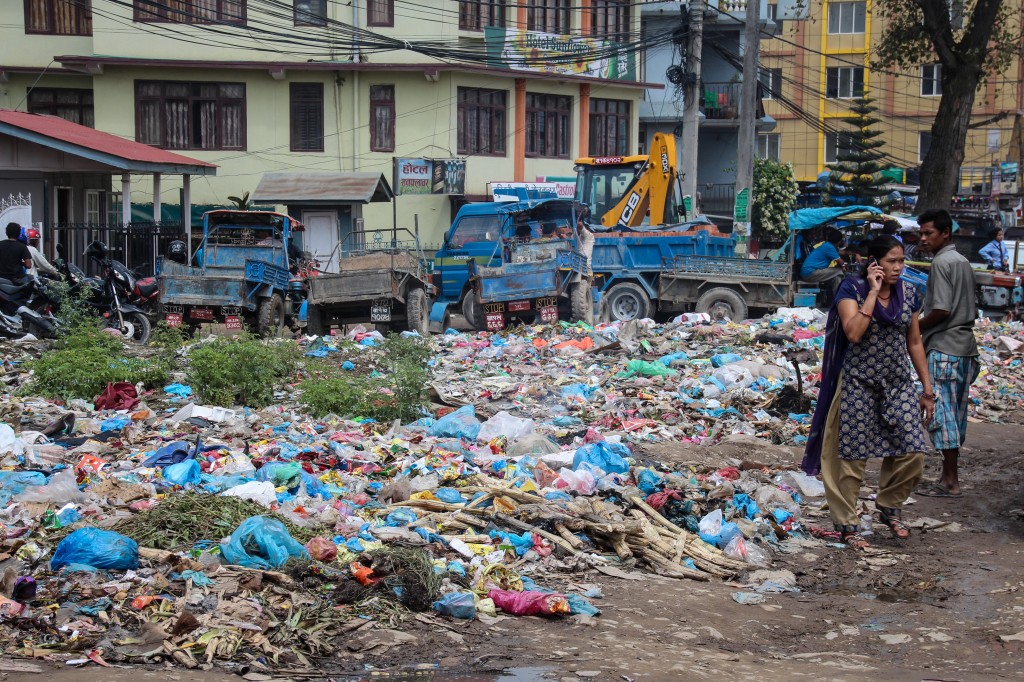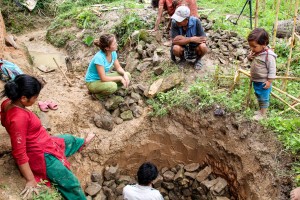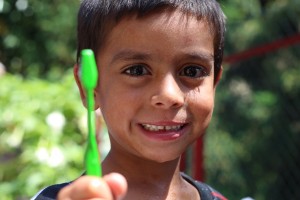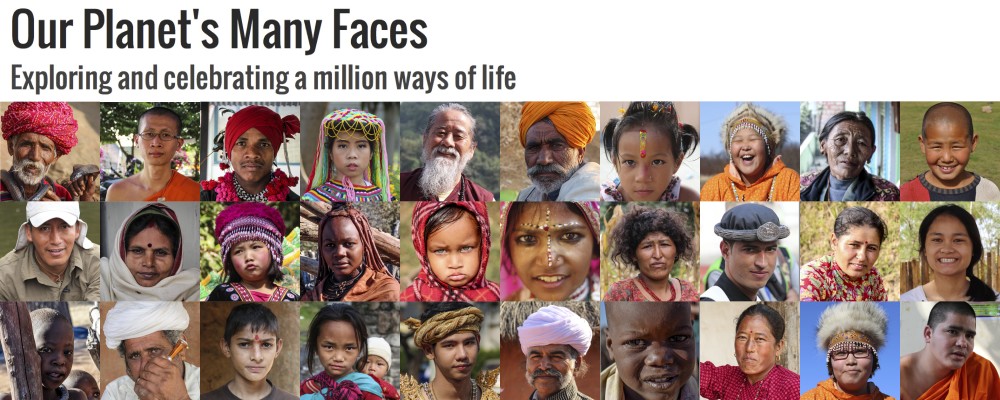Nepal is considered a trekker’s paradise by well-known travel resources such as Lonely Planet, TripAdvisor, and National Geographic. “Wedged between the high wall of the Himalaya and the steamy jungles of the Indian plains, Nepal is a land of snow peaks and Sherpas, yaks and yetis, monasteries and mantras,” describes the Lonely Planet. Yet, this country, so well renown for its stunning, natural beauty, faces a number of challenges that seem to contradict the stereotypic image of Nepal, specifically sanitation concerns.
The Problem
Some of Nepal’s main sanitation concerns include drinking water, sanitary facilities (toilets), hygiene, solid waste, and air pollution.

In 2010, the UN General assembly determined that access to clean drinking water is a basic human right. According to the Country Cooperation Strategy at a Glance, Nepal has a population of 27.5 million as of 2012. Data suggests that roughly half of the population has access to drinking water, and only 20% of the country’s population have access to safe drinking water (source). A majority of Nepali residents do not have access to improved sanitation facilities, a term used to refer to flush or pour-flush toilets that lead to a sewer, septic tank, or pit latrine (source).
Its Impact

The effects of life without clean water, sanitation, and hygiene are staggering. 88% of cases of diarrhea worldwide are determined to have been caused by drinking contaminated water or inadequate sanitation and hygiene (source). It is estimated that at any given time, more than half of low-income individuals in developing countries are suffering from illness from the same causes (source). Improvement of any of these three factors can have a significant impact on a person’s health. “It has been proven that simple act of washing of hands can slash incidence of diarrhea by 45%. Access to sanitation can reduce the incidence of diarrhea 36%. Hygiene education is reported to have cut the incidence of the disease by 33%,” explains Water Aide in their report, The People’s Perception of Sanitation. Water Aide estimates that 443 million school days are missed per year as a result of illness from contaminated drinking water, which is a crucial statistic to take into consideration when evaluating the “vicious cycle” of cause and effect between education, income, sickness, and sanitation. Sickness related to sanitation not only keeps students from school, thus slowing their education, but also drains on families’ finances, as they must purchase medications and possibly miss work (Source). High income individuals are 13 times more likely to have access to safe drinking water, and 8 times more likely to sanitation facilities (Source).
Gradual Change

The current state of sanitation in Nepal has improved greatly over the past decades, and shows promise to continue improving. The WHO Country Cooperative Strategy Nepal, 2013-2017 published that the population with access to toilets has increased from 20% to 31% from 2000-2010, and continues to increase. Water Aide has also reported that the increase access to sanitation has led to increased self-esteem and overall improved health. As a result of the improved health, financial growth has been witnessed, as less money is spent on medications and fewer “sick days” have kept employees away from work. Education within these families has also improved, as students miss fewer days of school due to sickness. The Nepal government has implemented several road maps and plans in attempt to improve sanitation and hygiene conditions throughout the country. A National Health Policy was put in place in 1991. A Commission of Information and Accountability roadmap outlined goals for 2013-2015. In 2011, the Sanitation and Hygiene Master Plan was set into action, articulating guidelines for sanitation promotion. In addition, Nepal also received a “Child Survival Award” from GAVI Alliance for its success in decreasing child mortality rates. These are just a few of the efforts being made toward a cleaner, healthier future. “A dignified life is possible only when people have access to safe water and sanitation,” states the People’s Perception of Sanitation.
http://www.ourplanetsmanyfaces.com/wp-content/uploads/2014/10/Nepal-Infographic.pdf
Click here to download infographic, including live links to sources
